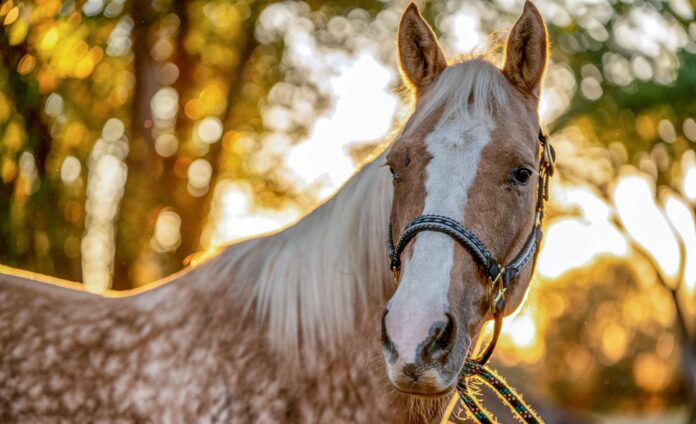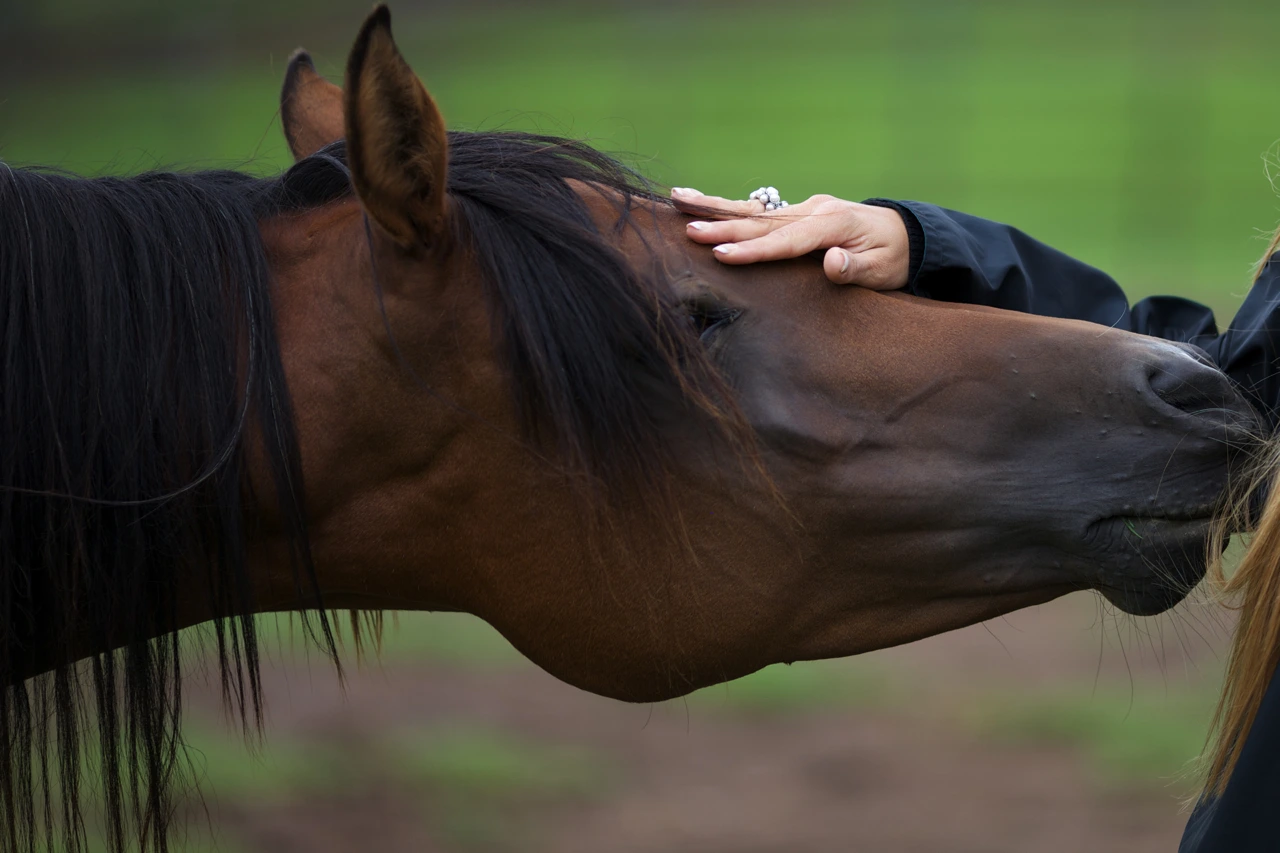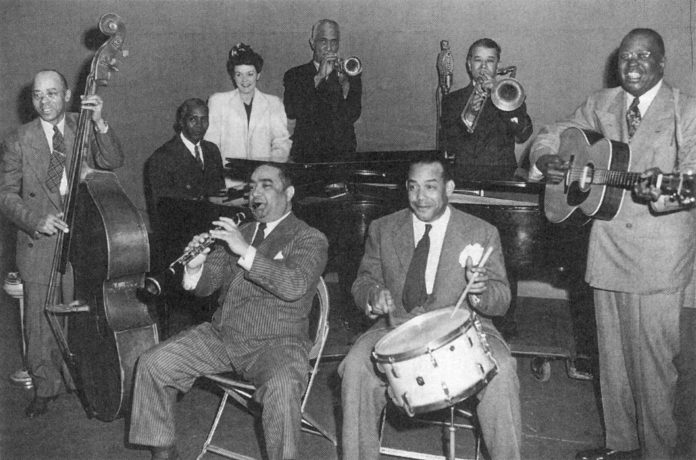Equines are renowned for their beauty and power. Compared to humans, they can exhibit a maximum of 15 horsepower, while humans manage to go only slightly above 1.
1. Communication without words
Horses have undergone both physical and mental evolution, enabling them to communicate with humans through various cues. They have joined the ranks of domestic animals like dogs and cats in their ability to effectively interact with us. Behaviours such as tail wagging and head leaning for affection are among the many signals they use. Ongoing research aims to decode their gestures (like ear positioning, tail movement, and vocal sounds) to further improve our cooperative interactions with them.
2. Digestive Adaptation
Recent research on equine biology has shed light on the effectiveness of the horse’s hindgut digestive system. Detailed studies focusing on the cecum and colon reveal how horses efficiently extract nutrients from fibrous plants. The key to this process lies in the cecum and colon, where a varied mix of bacteria and microorganisms transform plant matter into volatile fatty acids, subsequently absorbed through the cecum and colon walls. This digestive adaptation has been a significant factor in their evolutionary journey over a considerable period.
3. Memory Retention
Studies have shown that equines can tap into their positive and negative past experiences. This is made possible by the hippocampus, a region associated with spatial memory that helps them process crucial environmental cues and create cognitive maps that aid them in navigation. Along with the hippocampus, the amygdala helps the equines to brim with emotions, influencing associative learning and allowing horses to form connections between stimuli and experiences. Hence, it becomes a lot easier to use these and implement methods that will be the most effective in their training.
4. Emotional Intelligence
Over time, equines have been known to possess emotional intelligence that helps them forge better connections with their riders. Various neurobiological studies have been conducted on how horses perceive and respond to human emotions to prove this possession. Research indicates a certain level of emotional mirroring, i.e., horses are known to reciprocate and even reflect the emotional state of their riders. Understanding such neural underpinnings is vital as it may enhance the interaction between equines and humans.
5. Sleep Pattern and Survival Strategies
The sleep patterns possessed by equines are fascinating as they give us a deep insight into the adaptation developed over ages for survival. By scrutinising the neurological intricacies, researchers have discovered the reason behind equines’ REM (Rapid Eye Movement) sleep in various postures. This is a perfect way to be alert while dozing, allowing horses to remain vigilant! REM sleep for equines is made possible with the help of adaptive neurological mechanisms.










